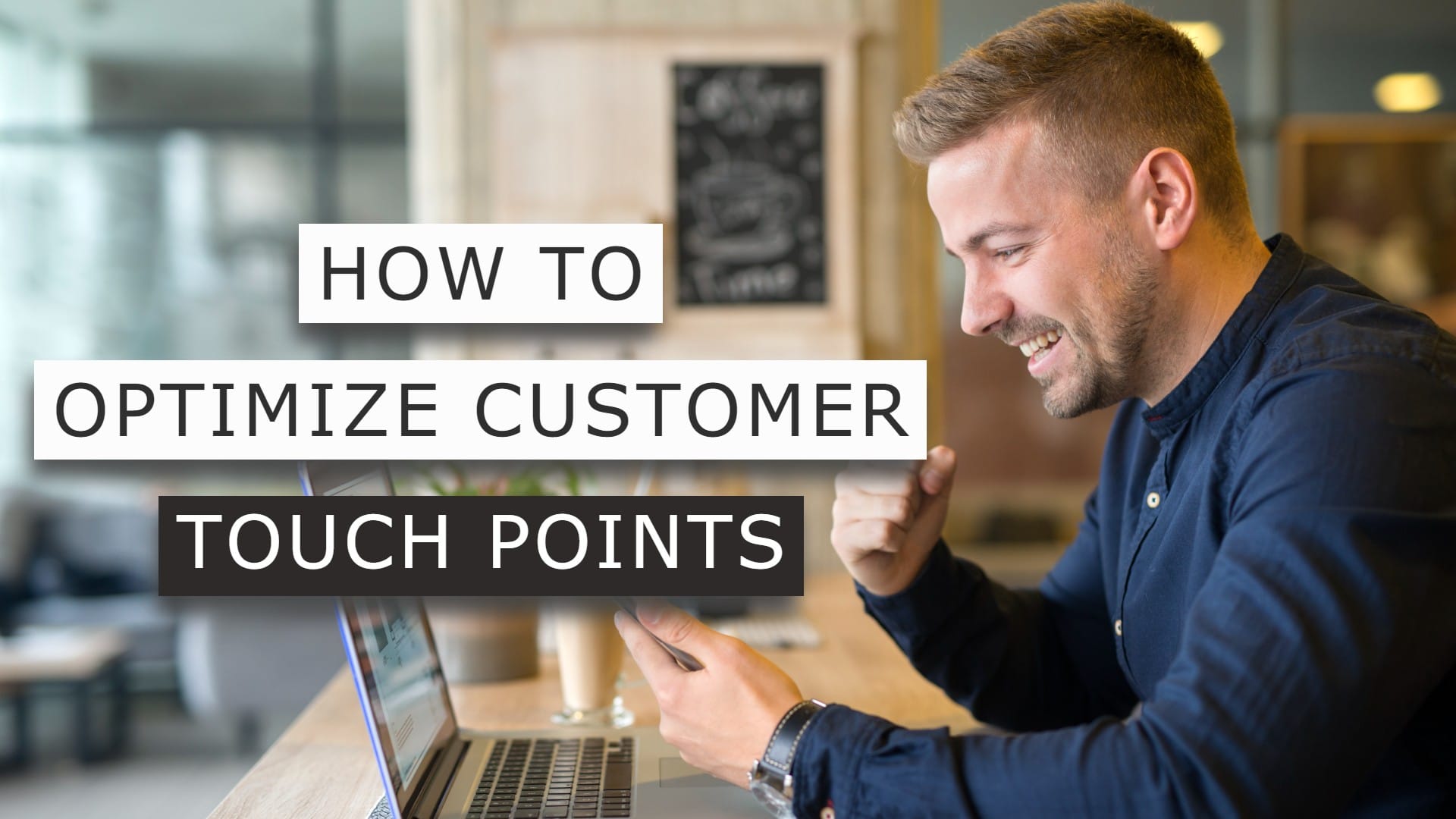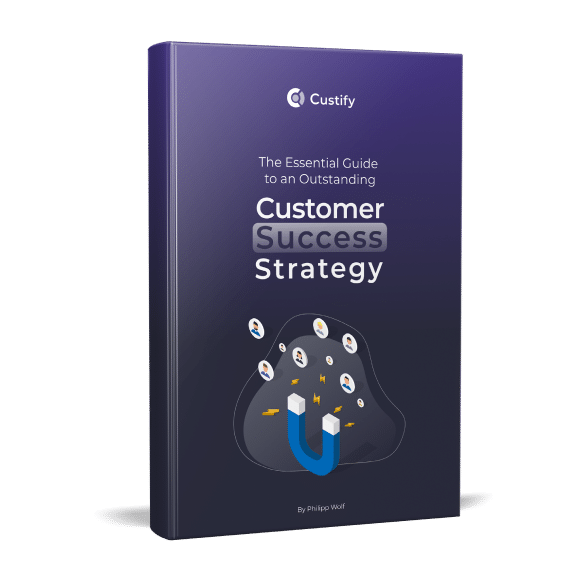What’s the first thing you think of when considering how to track leads effectively? Is it the quality of your marketing tools? Your overall business strategy? Maybe you prefer to concentrate on monitoring specific key performance indicators?
There’s nothing wrong with any of these approaches—until they push the customer to the sidelines. PwC found that 32 % of consumers will leave a brand after just one bad experience. So CX must stay front‑and‑center of everything you do.
This guide shows you how to deliver excellent customer experience while maximizing conversions.
Why Lead Tracking and CX Clash in Real Life?
Experienced sales professionals know that there’s more to an effective B2B sales and marketing strategy than focusing on raw data. Of course, following up on promising leads using the best tracking tools is crucial for your lead generation efforts. But it’s vital never to forget the human element.
In the real world, experienced revenue teams know there’s more to growth than dashboards and MQL math. When we over‑optimize for numbers, human signals slip through the cracks:
| Pain point | What it looks like | CX fallout |
| Too many automated follow‑ups | 6 identical nurture emails in 48 h | Feels robotic → unsubscribe |
| Neglecting relationships | Celebrating SQL volume but skipping discovery calls | Shallow deals, low LTV |
| Disconnected teams | Sales & CS don’t share notes or health scores | Onboarding chaos, duplication |
| Messy hand‑offs | Deal closes Friday, CS hears Monday | Delays, customer confusion |
“Lead tracking should enhance — not interrupt — the customer journey. The most successful teams we’ve worked with at Custify are the ones who align customer health signals with lead intent to personalize every touchpoint.”
– Irina Vatafu, Head of CS at Custify
Data-driven decisions are a crucial component of any strategy, but CX matters too. The cost of poor CX is huge: missed conversions, negative brand perception, and potentially high churn.
So, how do you actually balance data with the human factor?
Getting it right: focusing on the customer experience
There are a few areas to focus on when you’re tracking leads. If you aim to have a successful sales conversation that prioritizes CX, remember these tips:
- Personalization: This is the number one thing you can do to improve the customer experience. Customers respond best to tailored messaging and tend to turn off if it feels generic.
- Consider context: Across the customer lifetime, each client wears many hats from a lead-tracking point of view. You might not have much information about a potential customer in the awareness stage, but you’ll have more when they’re further down the sales funnel.
When you reach out, consider each prospect’s current engagement level and previous interactions. - The virtuous circle: Remember that customer success is a growth driver. You’ll likely enjoy a higher referral rate if you create a superb customer experience from the start. This involves the customer success and sales/marketing teams collaborating smoothly and sharing knowledge to optimize the journey, helping you to maximize customer retention.

6 Practical Ways to Track Leads and Protect CX
Most teams can pull a Salesforce report; far fewer can do it without bruising the relationship. Use the play‑by‑play below to keep CX intact while you hunt for revenue.
1. Use data to guide rather than overwhelm
Sure, it’s important to track key engagement metrics such as email opens, site visits, or demo requests. But you shouldn’t make a habit of relying on them too much. Use them as a guideline, but keep a close eye on the nuances of customer behavior.
Example: When a lead hits your pricing page ≥3 times in 24 hours, your CRM can fire a “Pricing‑Page Spike” signal. SDRs get a Slack ping with company size, ICP match score, and the last feature viewed. The follow‑up is a 90‑second Loom that walks through ROI, not a generic demo pitch.
Result: teams that run this “Pricing‑Page Spike → 90‑second Loom” play routinely see reply rates double versus a plain-text demo invite.
Well-timed phone calls may be appropriate to test the waters. But stay mindful that a full-on sales pitch might feel a little too pushy and be counterproductive.
2. Segment by Engagement and Intent
Not all leads are equal. Many companies try to hone in on higher-quality leads using lead magnet templates to put a juicy offer in front of the brightest prospects. While this can definitely be an effective approach, any list of leads can be fruitful as long as you understand how to segment it.

Screenshot taken from ventureharbour.com
Effective lead qualification techniques are key to transforming leads into customers. But how you approach this task is as much of an art as a science. Lead magnets surface names; segmentation surfaces meaning.
- Cold → consumed 1 blog, no product touch
- Curious → ran free calculator, read docs
- Warm → invited colleague, started trial
- Hot / CSQL → activated core feature, value story clear
While some leads are already warm, others need nurturing. That’s where using a dedicated tool like Custify can help. It lets you score and categorize leads by customer engagement and intent, allowing for more tailored follow-up.
We should also mention that customer success-qualified leads (or CSQLs) form a natural bridge between CS and sales teams. After all, CS teams know the customer’s value and the likelihood of finding upselling or cross-selling opportunities.

3. Automate Like a Human, Not a Robot
We’ve already touched on this, but it bears repeating. Nothing puts a potential customer off faster than the slapdash use of automation. So, when you’re considering how to track leads, you need to be careful how you deploy automation tools.
The main thing is to make sure that any automated messaging feels human. And the key to that is personalization. According to research by BCG, 75% of US customers are comfortable with companies using publicly available information to customize their experience.
With that in mind, it’s a good idea to use all the information you can to fit the messaging to each individual customer. So, instead of a generic “We haven’t heard from you in a while” email, it’s much more effective to send a personalized check-in that references a recent action or behavior.
For example you can swap “Still interested?” for:
“Hey John—noticed your team created three dashboards but hasn’t invited Finance yet. Want a 5‑min walkthrough on sharing permissions?”
This can be triggered and sent from Custify and tracked in both Hubspot and Custify timelines so no one double‑pings the lead or customer.
4. Make sure sales and customer success teams are fully aligned
Picture this. Your teams generate a bunch of valuable insights regularly. But somehow, they can’t seem to leverage them properly. Could it be because the teams themselves aren’t collaborating well enough?
Think about the entire customer journey from a client’s point of view. Maybe they’re first attracted by one of your online marketing campaigns. They demonstrate engagement by visiting your site and signing up for your email newsletters. Then, they start progressing through the sales pipeline, encouraged by your sales team. Finally, they convert. Success!

Or is it? Maybe not, if their customer experience doesn’t dovetail with what the sales team had led them to expect. It’s critical that sales teams transition customers to post-sales support with a seamless onboarding handoff. And that means aligning the sales and CS teams.
Support teams can keep up to date using tools like Custify for real-time customer data sharing. That means they’ll be able to make sure they deliver what their colleagues in the sales department promised.
5. Track customer sentiment as well as lead data
Clicks tell you what; sentiment tells you why.
An excellent way of finding out whether your approach is working is to track customer sentiment. You can do this using traditional methods like surveys and NPS scores. However, you could also try carrying out a detailed analysis of customer behavior to generate deeper insights.
For example, you can look for any drop-off in user activity, and use conversation intelligence to reveal the sentiment behind customer interactions. Once you’ve got the data, you can use it to tweak your strategy where needed.
Imagine a prospective customer schedules a demo but then stops engaging. That’s something you need to pick up on fast. A platform like Custify can flag this immediately with your sales team. They can then adjust their sales efforts to try to rekindle the prospect’s interest.
6. Be proactive
Thinking about how to track leads on a basic level is one thing. Doing it in a way that optimizes the customer experience is quite another. Pursuing qualified leads while prioritizing CX requires good data and a deft touch.
For starters, you should be diversifying your sales channels to maximize reach. But are your teams being proactive enough when it comes to meeting client expectations?
To turn new conversions into loyal customers, you need to impress them. That means putting good customer communication at the top of your priority list.
Yes, you could just wait for leads to ask questions and respond when they do. But your competitors are already doing that, so it won’t make you stand out.
Instead, why not use Custify’s analytics to anticipate their concerns based on previous customer behavior? For example, you might build a “Silent Lead” playbook inside Custify to flag users who’ve scheduled demos but then ghosted you. This will trigger check-ins from your CSMs before the leads disappear from the funnel.
Layer in multi‑channel cadences. Pair those CSM check‑ins with an automated but personalized email series (Day 1 recap, Day 3 value teaser, Day 7 customer story) and a light‑touch LinkedIn nudge from the AE. Each step references an insight from Custify’s product‑usage feed—so the outreach feels consultative, not canned.
Surface real‑time alerts in your workflow tools. Use Custify’s Slack or MS Teams integration to push instant notifications when a “hot‑lead” health score spikes (e.g., the account adds five new trial users or triggers a “pricing‑page binge”). Reps who respond within 30 minutes boost close rates by up to 21 % (HubSpot benchmark).
Close the loop with post‑mortems. After a lead converts—or churns—feed outcome data back into Custify to retrain your playbooks. Over time, you’ll know exactly which proactive touches shorten sales cycles and which ones scare prospects away.

Final thoughts
Lead tracking is a necessary aspect of capitalizing on sales opportunities and acquiring new customers. But on its own, it’s not enough to foster client loyalty over time.
The first step toward excellent customer relationship management is a lead-tracking approach that enriches CX rather than disrupts it.
High-end marketing platforms like Custify have a number of advanced features that can help businesses strike the right balance. With in-depth analytics and reporting functionality, you get deep visibility into the customer lifecycle.
And thanks to the automated task creation facility, you can easily identify when customers will be ready for you to reach out with new opportunities.
Why not take some time to evaluate your current lead-tracking methods? You might find it worthwhile to explore how Custify can improve both your conversion rates and your customer relationships. And that’s great news for any company focusing on long-term business growth.




